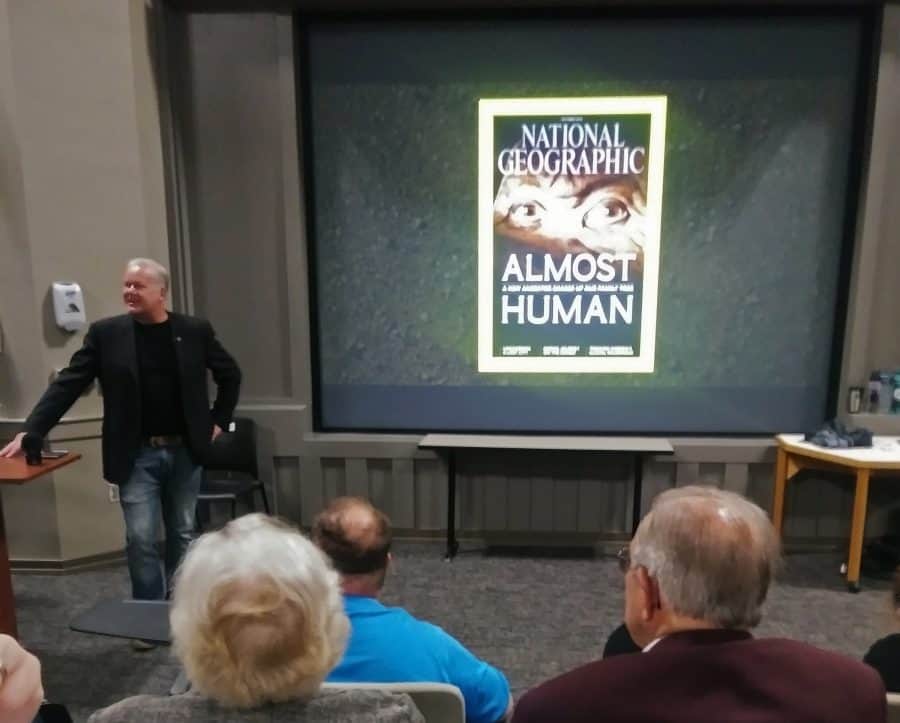Lee Berger, a National Geographic explorer-in-residence, world-renowned paleoanthropologist and one of 2016’s 100 most influential people in the world according to Time magazine, spoke to members of the UA community on Monday night.
Berger made his mark on history when he discovered two new species of hominids, Australopithecus Sediba and Homo naledi. These discoveries may challenge the way we think of human evolution.
“This was definitely an exciting event,” said John Whitley, a post-doctoral researcher in the department of chemical engineering. “I had a subscription to National Geographic and I remembered reading about Homo naledi. I saw the news saying that the guy who discovered it was going to be here, so I decided to come.”
Australopithecus Sediba is significant because it added a new link in the possible evolution of man. Homo naledi is different because its anatomy resembles fossils found from hominids 2-3 million years ago. However, Homo naledi have only been found to have existed as early as about 250,000 years ago. This presents an issue for the common belief that human evolution was a linear progression. Instead, there could have been multiple forms of early humans before we evolved into the modern human.
Berger was inspired by the work of Donald Johansen, the researcher who discovered “Lucy,” a member of the species Australopithecus afarensis, which was the oldest potential ancestor for every known hominid species.
“I was interested in [paleoanthropology] ever since I read a book called Lucy by Donald Johanson, and in it he said that there was a 1 in 10 million chance of discovering even a piece of these ancient human relatives if you were searching a place where you already knew they were,” Berger said. “The odds at that time if you wanted to be a field scientist was less than one percent of ever discovering a single fragment of one of these fossils during your entire career.”
Berger closed his address explaining his fascination with the belief that there are no new things to be discovered.
“This adventure has taught me something, something truly wonderful: that that’s not true,” Berger said. “That perhaps the greatest age of exploration is right now. It’s emerging.“
Berger presented a crimson reproduction of a skull to The University of Alabama with a “Roll Tide.”
Berger’s son, Matthew, who helped on the excavation of some of sights, is a freshman at the University.









